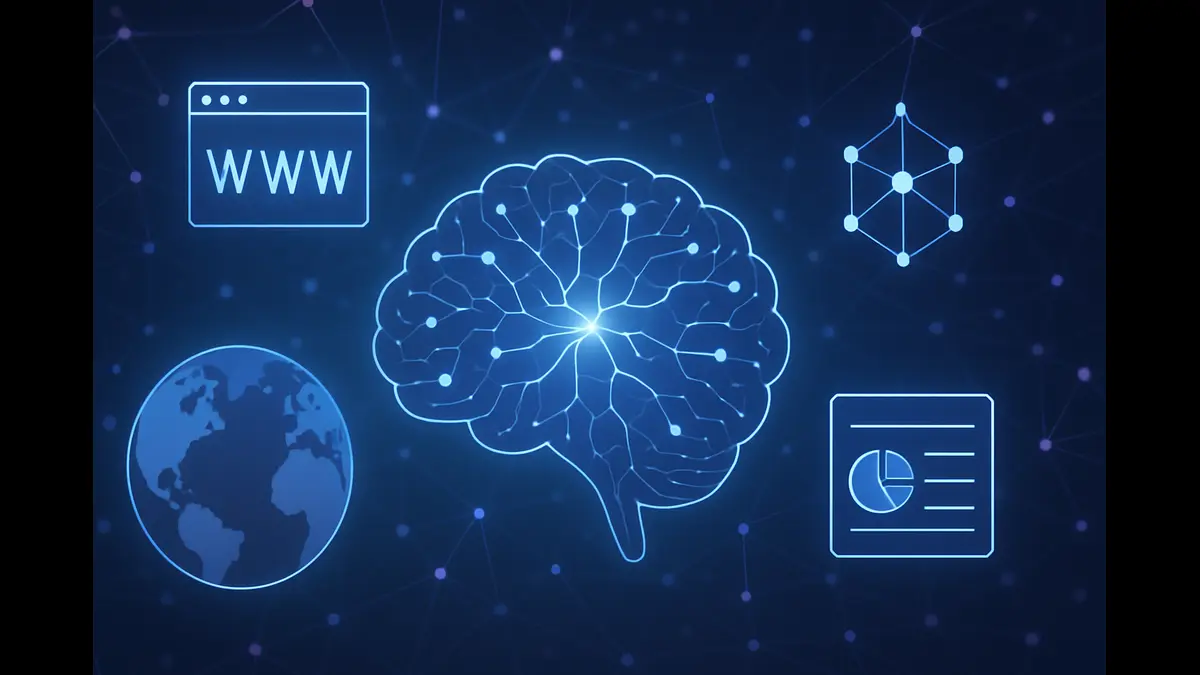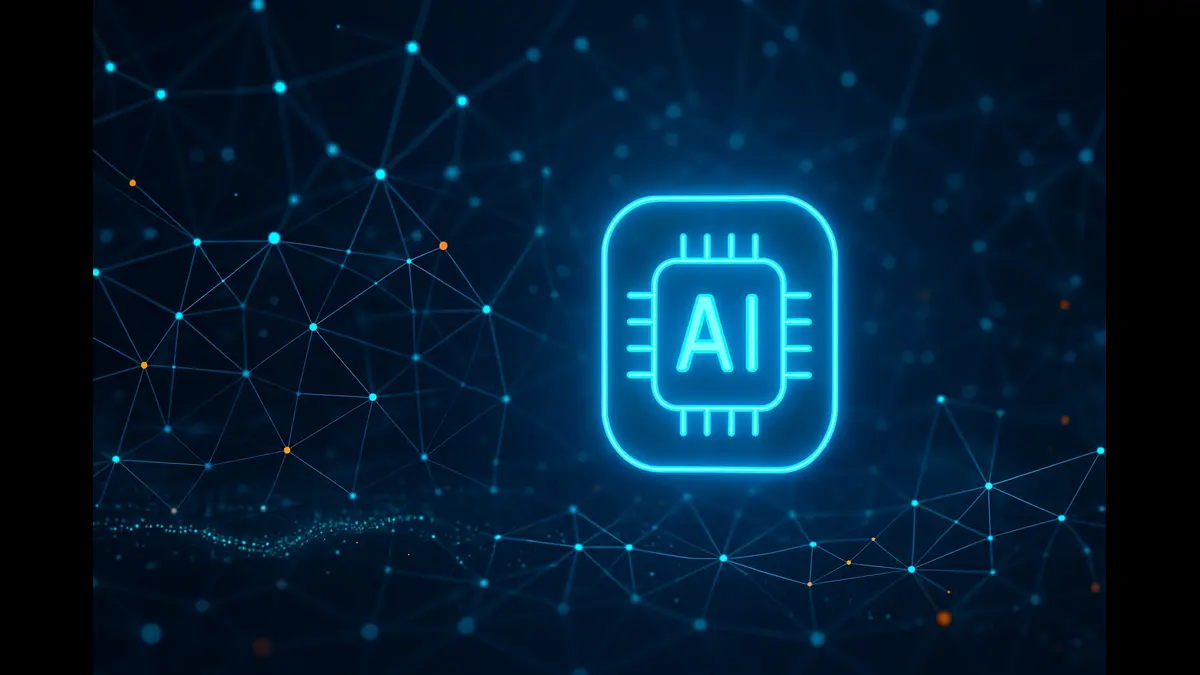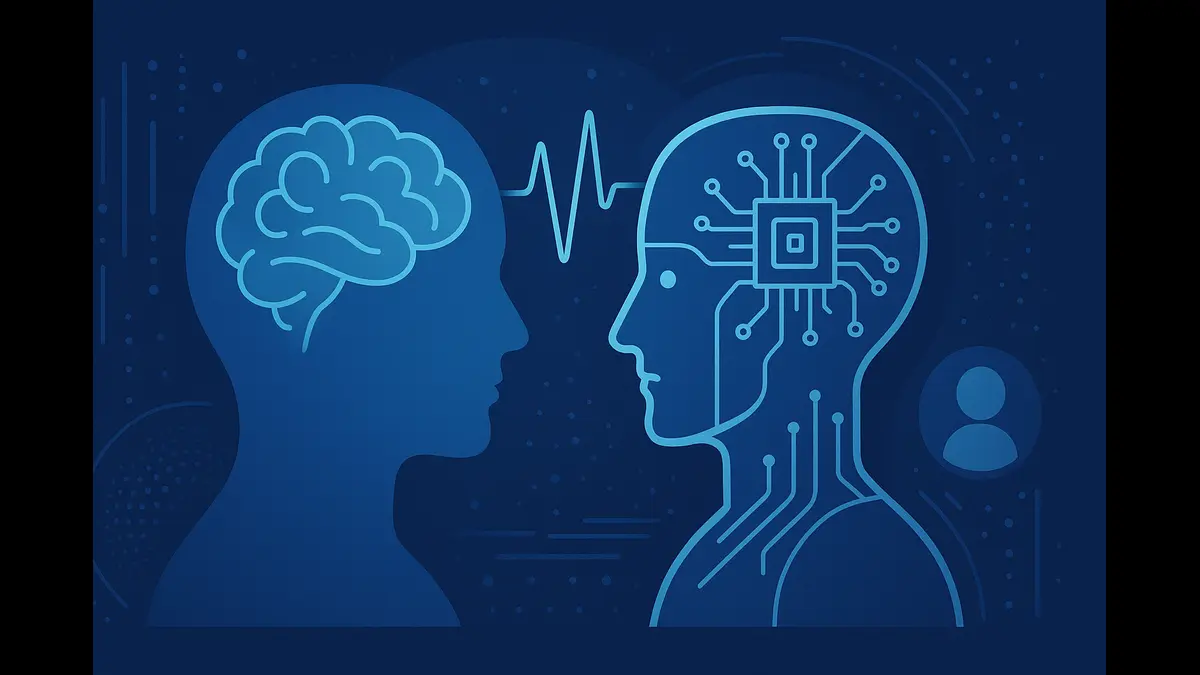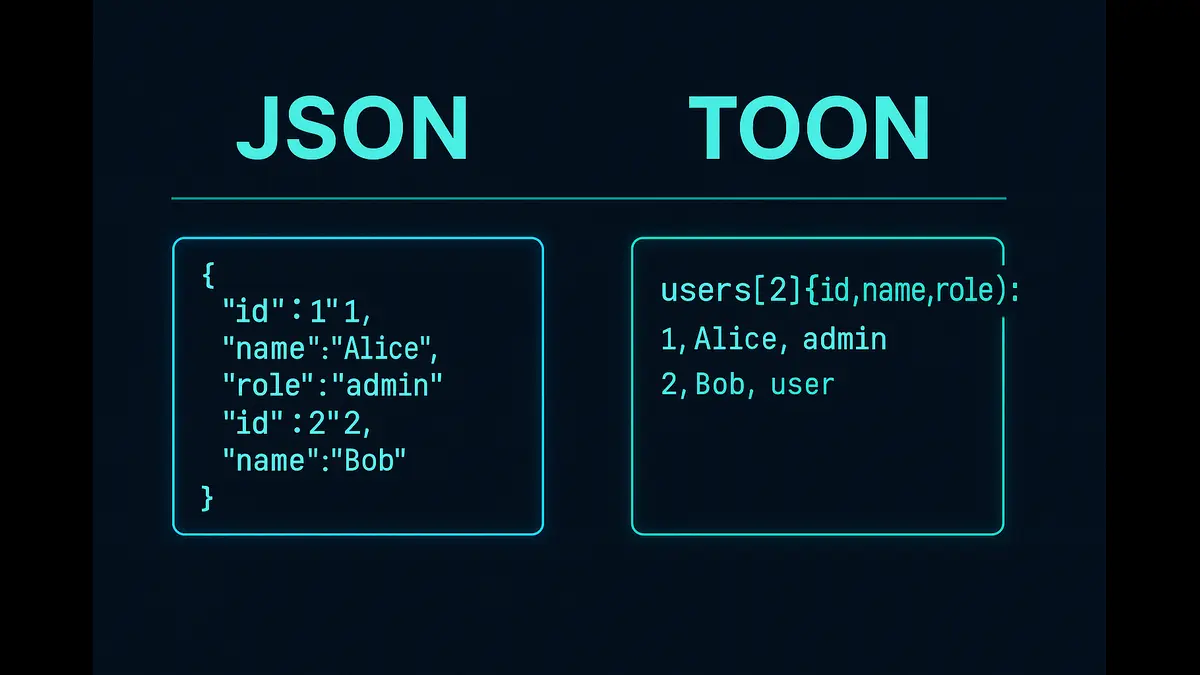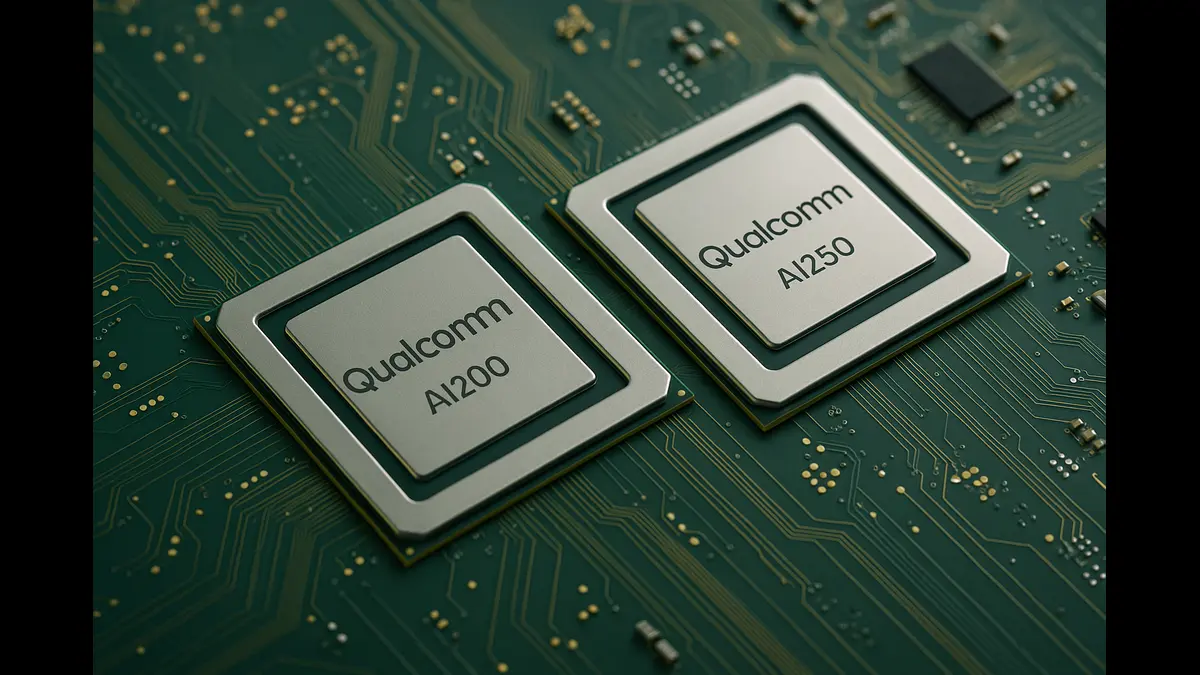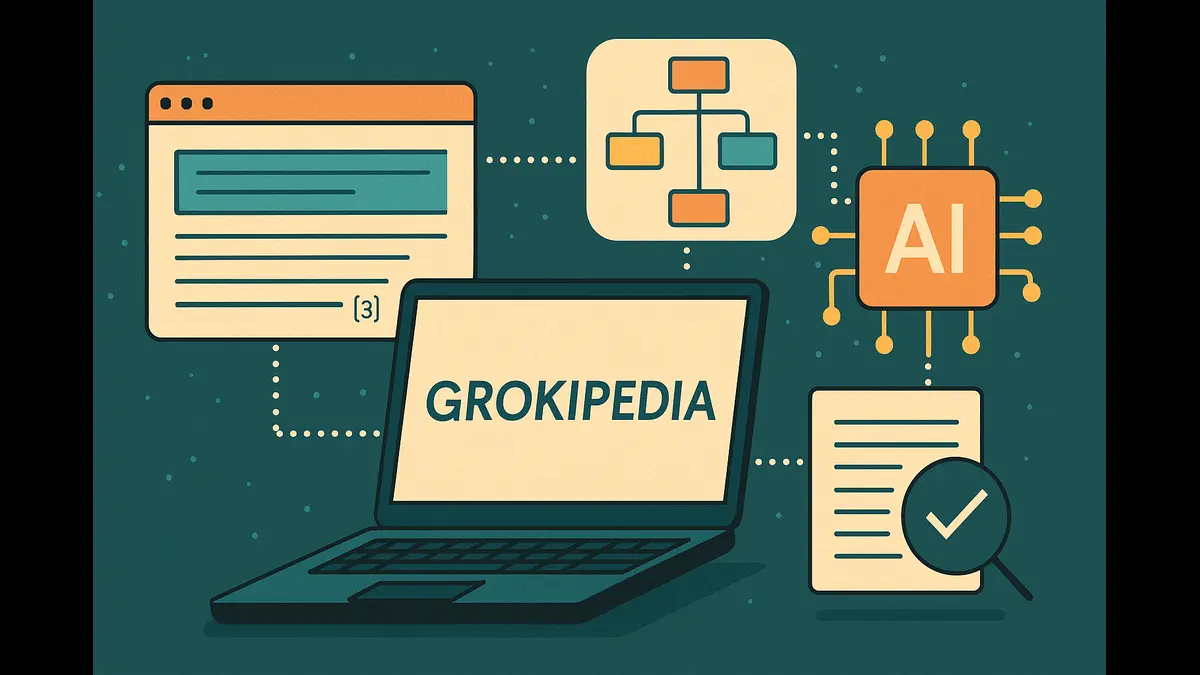
From data to deployment, the AI lifecycle defines how intelligent systems are built, scaled, and maintained. This comprehensive guide breaks down each phase—from data prep and model training to monitoring and ethical updates—making it essential reading for AI professionals and teams.
Artificial Intelligence (AI) isn’t a magic wand—it’s a disciplined process that transforms raw data into intelligent systems. The AI lifecycle is the backbone of developing robust, scalable, and trustworthy models, whether you’re building large language models (LLMs) like GPT, computer vision systems like YOLO, or specialized fraud detection algorithms. Understanding this lifecycle empowers teams to create AI that delivers real-world value while minimizing risks like bias, inefficiency, or drift. This article dives into the seven key phases of the AI lifecycle, offering a technical yet accessible guide to building high-quality AI systems that resonate with both practitioners and search engines.

Phase 1: Data Collection and Preparation
The foundation of any AI model is data—its quality, diversity, and relevance directly impact performance. Data collection involves gathering raw inputs such as text (e.g., Wikipedia articles), images (e.g., ImageNet datasets), tabular data (e.g., CSV files from enterprise systems), logs (e.g., server activity), or audio (e.g., speech datasets like LibriSpeech). For instance, training an LLM requires billions of tokens from diverse sources, while a vision model might need millions of labeled images.
Once collected, data must be cleaned to remove noise, such as duplicate entries, missing values, or irrelevant records. Normalization ensures consistency—e.g., scaling pixel values in images to [0,1] or standardizing text encodings. Deduplication is critical to avoid redundancy, which can skew model training. For example, Common Crawl, a popular web dataset, often requires deduplication to remove repetitive web pages.
Data labeling is another crucial step. Manual labeling, though accurate, is time-intensive and costly, often using tools like Label Studio. Semi-supervised techniques, such as Snorkel’s programmatic labeling, leverage heuristics to generate weak labels, while auto-labeling uses pre-trained models to annotate data. For instance, Roboflow streamlines image annotation for computer vision tasks. According to a 2023 study by Gartner, high-quality labeled data can improve model accuracy by up to 20%, underscoring the importance of this phase.
Phase 2: Model Training
Training an AI model involves selecting an architecture suited to the task—regression for continuous outputs (e.g., stock price prediction), classification for discrete labels (e.g., spam detection), or generative models for creating content (e.g., DALL·E for images). Popular frameworks like TensorFlow, PyTorch, and JAX provide flexible environments for building and training models. For example, PyTorch’s dynamic computation graph is favored for research, while TensorFlow’s static graph excels in production.
Training requires significant computational resources, typically GPUs or TPUs. Distributed training, using frameworks like Horovod or DeepSpeed, splits workloads across multiple devices to handle large datasets. For instance, OpenAI’s GPT models rely on thousands of GPUs for training on billions of parameters, whereas YOLOv8, a real-time object detection model, can be trained on a single high-end GPU for smaller datasets.
Hyperparameter tuning—adjusting learning rates, batch sizes, or optimizer settings—is critical. For example, the Adam optimizer, with a default learning rate of 0.001, is widely used for its efficiency in gradient-based optimization. Training can take days or weeks, depending on model size and compute resources, with costs ranging from thousands to millions of dollars for large-scale models.
Phase 3: Evaluation and Validation
Evaluation ensures a model performs well on unseen data. Key metrics depend on the task: classification models use accuracy, precision, recall, and F1-score, while LLMs rely on BLEU, ROUGE, or perplexity for text generation. For example, a fraud detection system might prioritize high recall to catch all fraudulent transactions, even at the cost of precision.
The dataset is typically split into training (70-80%), validation (10-15%), and test (10-15%) sets to assess generalization. Overfitting—when a model memorizes training data—can be detected by comparing training and validation performance. Underfitting occurs when the model fails to learn patterns, often due to insufficient training or model complexity. Techniques like k-fold cross-validation and ablation studies (removing components to test their impact) help validate robustness.
For instance, Google’s BERT model underwent rigorous evaluation on GLUE benchmarks, achieving state-of-the-art results in 2018. A 2024 report by the AI Index noted that top-performing models consistently use cross-validation to ensure reliability across diverse datasets.
Phase 4: Fine-Tuning and Prompt Engineering
Fine-tuning adapts pre-trained models to specific tasks, reducing training costs and time. Transfer learning, where a model like LLaMA is fine-tuned on domain-specific data (e.g., Indian legal texts), is common. Low-rank adaptation (LoRA) further optimizes this process by updating only a small subset of parameters, cutting memory usage by up to 80%, according to a 2023 Hugging Face study.
Prompt engineering, particularly for LLMs, involves crafting inputs to elicit optimal responses. For example, instead of tuning model parameters, a well-designed prompt can improve performance on tasks like question-answering. OpenAI’s ChatGPT relies heavily on prompt engineering for zero-shot learning, where the model performs tasks without explicit fine-tuning. Combining both approaches—fine-tuning for domain expertise and prompt engineering for flexibility—maximizes model utility.
Phase 5: Deployment
Deploying AI models involves integrating them into production environments, whether via REST APIs, SDKs, or edge devices. Deployment options include cloud (e.g., AWS SageMaker), edge (e.g., mobile devices), or hybrid setups. Optimization techniques like quantization (reducing model precision from 32-bit to 8-bit) and pruning (removing redundant neurons) lower latency and resource demands. ONNX, an open format, enables cross-platform compatibility, ensuring models run efficiently on diverse hardware.
Inference latency and scalability are critical. For example, a real-time fraud detection system must process transactions in milliseconds, while a generative AI like Stable Diffusion may tolerate slightly higher latency. Cost control is also key—Google Cloud’s TPU pricing in 2025 ranges from $1.50 to $8 per hour, making optimization essential for large-scale deployments. Tools like TensorRT and Triton Inference Server streamline high-performance inference.
Phase 6: Monitoring and Feedback
Once deployed, models require continuous monitoring to maintain performance. Metrics like response time, accuracy drift, and confidence scores track real-time behavior. Accuracy drift, where model performance degrades due to changing data distributions, is a common issue. For example, a 2024 McKinsey report found that 30% of deployed models experience significant drift within six months.
Human-in-the-loop (HITL) systems incorporate user feedback to refine predictions, while reinforcement learning from human feedback (RLHF), used by OpenAI, aligns models with user preferences. Tools like Weights & Biases log training metrics, MLflow manages model lifecycles, and Seldon monitors production systems. BentoML simplifies deployment and monitoring with end-to-end pipelines, ensuring models remain reliable in dynamic environments.
Phase 7: Updates, Retuning, and Versioning
AI models require regular updates to stay relevant. Model version control, using tools like Data Version Control (DVC), tracks changes to datasets, models, and code. Continuous learning, where models adapt to new data in real-time, suits applications like recommendation systems. Periodic retraining, used for static tasks, involves scheduled updates with fresh data.
Ethical considerations are paramount. Bias auditing, using tools like AI Fairness 360, identifies disparities in model outputs across demographic groups. For example, a 2023 study by MIT found that facial recognition models misidentified dark-skinned individuals at higher rates, prompting retraining with diverse datasets. Regular audits ensure compliance with regulations like the EU’s AI Act, effective in 2025.
The Lifecycle Never Ends
The AI lifecycle is a continuous journey of refinement, not a one-time project. Successful AI systems, like those powering Google’s search or OpenAI’s ChatGPT, thrive on iterative improvements across data preparation, training, evaluation, fine-tuning, deployment, monitoring, and updates. By treating models as evolving products, teams can deliver scalable, trustworthy solutions that adapt to changing needs. This disciplined approach not only drives technical excellence but also positions AI systems as valuable assets in a competitive digital landscape.
Sources: Gartner, 2023; AI Index, 2024; McKinsey, 2024; Hugging Face, 2023; MIT, 2023.
FAQs
1- What are the main phases of the AI lifecycle?
The AI lifecycle consists of seven phases: data collection, model training, evaluation, fine-tuning, deployment, monitoring, and updating. Each stage plays a critical role in building effective, trustworthy AI systems.
2- Why is fine-tuning important in AI?
Fine-tuning allows pre-trained models to adapt to specific tasks or domains, improving performance without retraining from scratch. It saves time and compute while boosting task-specific accuracy.
3- How are AI models monitored after deployment?
AI models are monitored using metrics like accuracy drift, latency, and user feedback. Tools like Weights & Biases, MLflow, and BentoML help track model health and performance in real-time.
4- Can AI models improve after deployment?
Yes. Through continuous learning, human feedback, and periodic retraining, AI models can evolve and improve post-deployment—essential for dynamic environments like search engines or recommendation systems.
Also Read: Transforming AI Interoperability: MCP and A2A Protocols
A Technical Deep Dive into Alibaba’s ZeroSearch
Discover more from Poniak Times
Subscribe to get the latest posts sent to your email.

